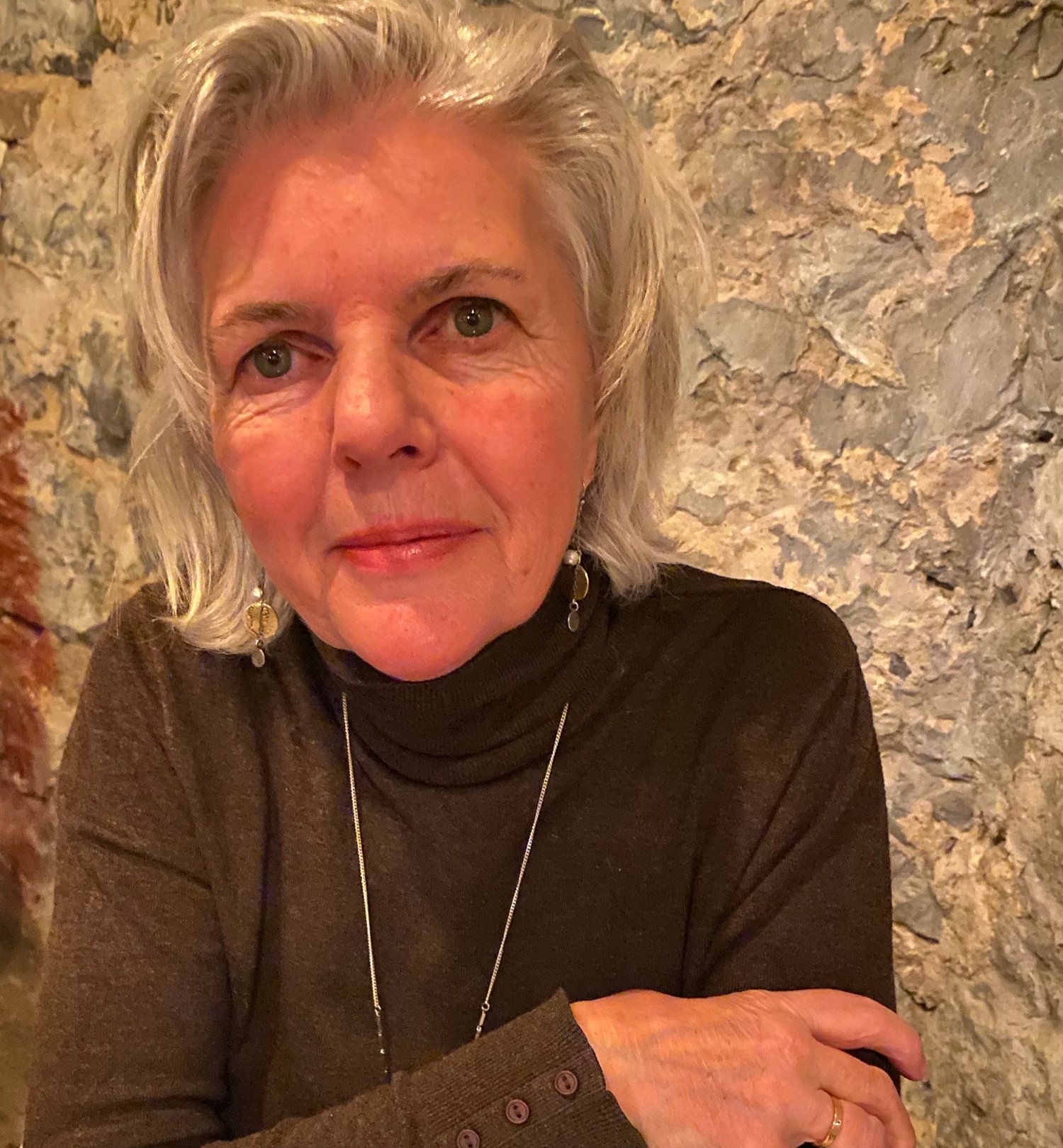Place Bonding Is More Than A Backdrop by Deborah A.M. Phillips
“Tom Green invited the people of Ottawa to a sunset picnic at Major’s Hill Park on Saturday. Should we go?”
“I’m all for not screwing up the iconic Chateau Laurier, but I don’t need a picnic to prove it. He doesn’t even live here anymore,” Glen replied.
“Doesn’t matter,” I said.
My husband did not have what the actor Tom Green and I had; an attachment to the Chateau Laurier.
The battle to add a new wing to the historical chateau has been going on for several years. Friends of the Chateau oppose interference with the view from Major’s Hill Park–a scene that takes in not just the Chateau, but also Parliament Hill, the Rideau Canal, and the Ottawa River. In August 2020, the latest design was finally accepted by Heritage and the mayor’s office.
For me, the plan for a seven-story, 147 -room addition contemporary style was never about the view or structure. It was about “place bonding.”
Whenever I was in Ottawa, the Chateau Laurier was my destination to meet with friends, the ideal place to swim, get lost in the thrill of reading newspapers in a luxury setting or write at a desk of timeless quality. Last year, the reading room was stripped of the daily news, the desk removed, and the stage was transformed to look like the doctor’s waiting room. What were they thinking, removing those comfortable chairs and couches—even before the global pandemic made unwelcome the new norm?
If the owners remove the historical photos lining the Chateau Laurier’s hallways, I will start a new campaign against the inside renos. I am especially attached to the tribute to Charles Melville, the first general manager, who tragically died in the Titanic sinking.
Are the Friends of the Chateau over-reacting? Am I? What’s the attachment? The history of the hotel and our experience weaves meaning into our self-identity—this can happen with any physical building or landscape. If author Kathleen Norris wrestled out her spiritual memoir through Dakota’s geography, I unearthed part of mine in the refuge of historic buildings.
And not just in Ottawa. When I transitioned into singleness after 30 years of marriage, I lived for a time in the 100-year-old, hotel-like Manhattan Co-op situated on Robson and Thurlow’s corner in downtown Vancouver. The Chateau Vancouver Fairmont, another railway hotel “castle in the city,” was two blocks away. Swimming at the Chateau Vancouver after work kept me sane. I shared my breakup with Inez, a stranger, recently widowed, ten years older and ready to listen. The friendship continued for more than four years until the new owner’s new policy kicked—and kicked us out. No more outsider swimmers; book a room, and you get the hotel pool.
In another season of my life, I worked in Québec. Part of the Chateau Frontenac charm is the UNESCO historical setting in one of North America’s oldest cities. The Frontenac is as iconic as the Eiffel Tower for most visitors. I won’t elaborate on the inside renos in 2014 to ‘update’ the hotel for future generations. Unfortunately, the future guests will miss out on the allure to explore the past–it’s been wiped out unless you stay in a celebrity guest suite decorated to commemorate the setting for Hitchcock’s 1952 movie I Confess.
Others may find deep connections to nature; my landscape has been different. I’ve never lived in the place of my birth. I moved thirty-six times. Although I don’t feel a sense of belonging to the Chateau Laurier, or any other Chateau(s), place bonding is more than a backdrop. It’s part of our story.


